Many artifacts, excavations, and writings confirm Biblical events. As the Bible says in Luke 19:40, “… the stones will cry out!” and testify of the truth of God’s word.
Accurate Bible: Archaeology
Here are some examples of archaeological finds confirming events and people from the Bible.
1. Hebrew slaves in Egypt
The Bible describes the sojourns of the patriarchs of Israel. One of the patriarchs, Joseph, went to Egypt as a slave. Eventually his entire family moved to Egypt and Joseph cared for them there. The Bible records that this family grew more numerous over time, and became enslaved by the Egyptians.
Some extra-biblical evidence has been found, confirming the presence of Hebrew slaves in Egypt during that time.
The names of Hebrew slaves, who served an Egyptian noblewoman named Senebtisi, were recorded on a papyrus (Papyrus Brooklyn 35.1446). Feminine versions of Hebrew names Menahem, Issachar, and Usher were recorded. We also find the name Shepra there, which is similar to the name of the Hebrew midwife (Shiphrah) in the Bible (Exodus 1:15). The Papyrus Brooklyn was dated to the 12th or 13th dynasty of Egypt, around 1809–1743 BC, a time after Joseph’s family settled in Egypt and before the time of Moses.
To learn more, see Top Ten Discoveries Related to Moses and the Exodus.
2. King David of Israel
David was a king of Israel and the Bible records his acts in the books of Samuel, Kings, and Chronicles. A monument was found called the Tel Dan Stele (900-850 BC) that affirms King David’s importance. On the face of the monument was carved the words “House of David”, which refers not only to David himself but his lineage as well.
“And I will place on his shoulder the key of the house of David. He shall open, and none shall shut; and he shall shut, and none shall open.” (Isaiah 22:22)
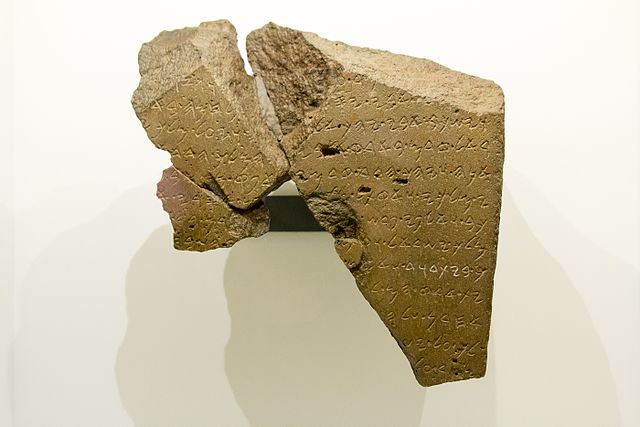
Another monument called the Mesha Stele or the Moabite Stone (846 BC) describes the revolt of the Moabites led by King Mesha against the Israelites. This monument mentions Israelite kings David (1 Kings 1:1-37) and Omri (1 Kings 16:15-34). It also refers to Yahweh, the name of the God of the Bible.
To learn more, see Archaeological Finds: Seven Compelling Evidences.
3. King Hezekiah of Judah
King Hezekiah was another king, who reigned in the 8th century BC over the land of Judah. By this time, Israel had divided into two kingdoms, one in the north consisting of 10 tribes and one in the south consisting of the tribes of Judah and Benjamin. Hezekiah was king of the southern region.
He built a tunnel underneath Jerusalem and a plaque was found next to the entrance of the underground tunnel. The inscriptions from the plaque match closely with the words of the Bible. See below:
Plaque: “Hezekiah, the son of Ahaz, king of Judah, made the pool and the conduit. In the seventeenth year, … the king brought the water into the city by a tunnel, the king led the water into the pool.”
Bible: “… he made the pool and the conduit and brought water into the city …” (2 Kings 20:20).
Plaque: “He smote the Philistines from Ekron to Gaza …”
Bible: “He struck down the Philistines as far as Gaza and its territory, from watchtower to fortified city” (2 Kings 18:8).
Plaque: “He broke the images and broke in (pieces) the Nehu(sh)tan and he removed the high (places and) cut down the Asherah.”
Bible: “He removed the high places and broke the pillars and cut down the Asherah. And he broke in pieces the bronze serpent that Moses had made, for until those days the people of Israel had made offerings to it (it was called Nehushtan).” (2 Kings 18:4)
Plaque: “Hezek(ia)h, the king, accumulated in all his treasure houses and in the house of Yahweh a lot of silver and gold, perfumes and good ointment.”
Bible: “And Hezekiah welcomed them, and he showed them all his treasure house, the silver, the gold, the spices, the precious oil, his armory, all that was found in his storehouses.” (2 Kings 20:13).
See Hezekiah Inscriptions for more details.
4. Babylonia Exile
The capture of Jerusalem by King Nebuchadnezzar of Babylon is well documented. The Bible records this event in 2 Chronicles 36 and 2 Kings 24. Nebuchadnezzar sacked Jerusalem and took the Kingdom of Judah into captivity. Clay tablets discovered in Babylon, called the Babylonian Chronicles for the years 605-594 BC, describes Nebuchadnezzar’s campaign against Jerusalem in 597 BC and the capture of the King of Judah.
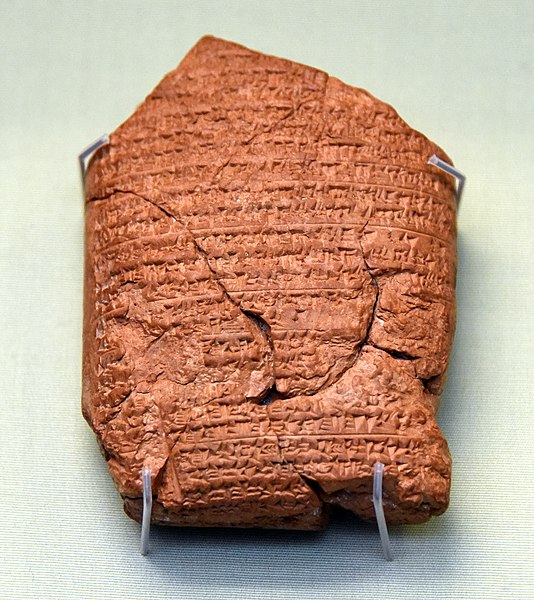
To learn more, see Top Ten Discoveries in Biblical Archaeology in the Old Testament (25 min video).
5. Caiaphas and Pontius Pilate
The ossuary or bone box of the high priest who presided over the trial of Jesus has been discovered. The ossuary bears the name Caiaphas who was the high priest who participated in sentencing Jesus to death.
“Those who had seized Jesus led Him away to Caiaphas, the high priest, where the scribes and the elders were gathered together.” (Matthew 26:57)
Another discovery was made that uncovered a dedication stone to Pontius Pilate, the Roman prefect who had Jesus crucified. The inscription reads: “Tiberieum, (Pon)tius Pilatus, (Praef)ectus Iuda(eae)”, which affirms the existence of Pilate as the Prefect of Judaea.
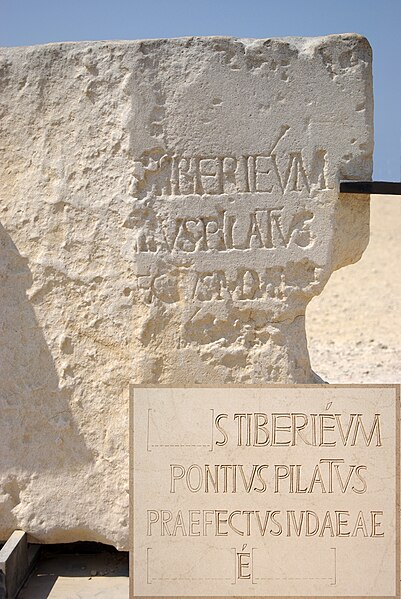
“Now when morning came, all the chief priests and the elders of the people conferred together against Jesus to put Him to death; and they bound Him, and led Him away and delivered Him to Pilate the governor.” (Matthew 27:1-2)
To learn more, see Archaeological Finds: Seven Compelling Evidences.
6. James, brother of Jesus
The James ossuary is a 2000 year old bone box that has the inscription “James, son of Joseph, brother of Jesus”. The Bible says that Jesus had biological half-siblings who were born of Mary and Joseph. While Jesus was born of Mary while she was a virgin by the power of the Holy Spirit, His siblings were born afterwards as Mary and Joseph’s children.
“And Joseph awoke from his sleep and did as the angel of the Lord commanded him, and took Mary as his wife, but kept her a virgin until she gave birth to a Son; and he called His name Jesus.” (Matthew 1:24-25)
The Bible records the names of Jesus’s siblings when people from His hometown said: “Is not this the carpenter’s son? Is not His mother called Mary, and His brothers, James and Joseph and Simon and Judas? And His sisters, are they not all with us?” (Matthew 13:55-56).
James was also mentioned in a letter by Apostle Paul: “But I did not see any other of the apostles except James, the Lord’s brother” (Galatians 1:19).
The ossuary of James withstood a trial in court. After the testimonies of scientists and scholars, it was found to not be a forgery. In fact, ancient patina was found in the inscription including the word “Jesus”, which gives strong support to its authenticity.
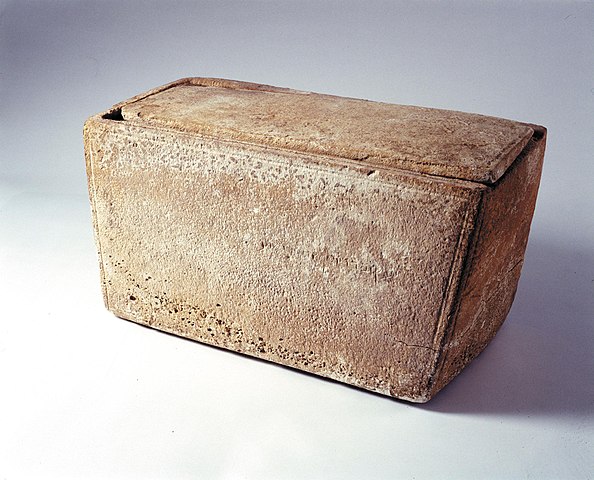
To learn more, see James ossuary withstands accusations.
7. More Discoveries
There are many more discoveries confirming the accuracy of the Bible. To view more discoveries, see:
- Archaeological Evidence Verifying Biblical Cities
- Sodom and Gomorrah
- Mount Ebal Curse Tablet confirming Deuteronomy 11:29 (5 min video)
See also Does Archaeology Support the Bible? and Dead Sea Scrolls.
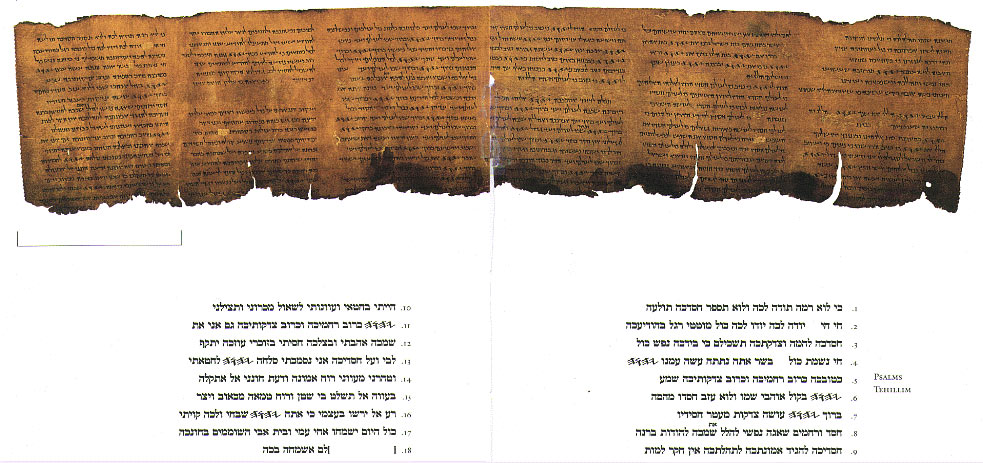
For more information about archaeology and the Bible, take a look at the following websites:


Accurate Bible: Ancient Writings
There are also many ancient writings from outside the Bible that give evidence to an accurate Bible. Below are some examples.
1. Flavius Josephus, a Jewish historian (A.D. c.37 – c.100)
The Bible mentions James, the brother of Jesus, in Matthew 13: 53-58. So did Josephus in Antiquities:
“Festus was now dead, and Albinus was but upon the road; so he assembled the sanhedrim of judges, and brought before them the brother of Jesus, who was called Christ, whose name was James, and some others, [or, some of his companions]; and when he had formed an accusation against them as breakers of the law, he delivered them to be stoned: but as for those who seemed the most equitable of the citizens, and such as were the most uneasy at the breach of the laws, they disliked what was done.”[1]
2. Tacitus, Roman historian (A.D. c.55 – c.117)
The Bible describes Pontius Pilate sentencing Jesus to death in Matthew 27. This event was also noted by the historian Tacitus:
“Consequently, to get rid of the report, Nero fastened the guilt and inflicted the most exquisite tortures on a class hated for their abominations, called Christians by the populace. Christus, from whom the name had its origin, suffered the extreme penalty during the reign of Tiberius at the hands of one of our procurators, Pontius Pilatus, and a most mischievous superstition, thus checked for the moment, again broke out not only in Judaea, the first source of the evil, but even in Rome, where all things hideous and shameful from every part of the world find their centre and become popular.”[2]
3. Talmud, collection of Jewish law and religious work
In addition, the Talmud recounts the death of Jesus.
“On the eve of the Passover Yeshu [Jesus] was hanged. For forty days before the execution took place, a herald went forth and cried, ‘He is going forth to be stoned because he has practiced sorcery and enticed Israel to apostasy. Anyone who can say anything in his favor, let him come forward and plead on his behalf.’ But since nothing was brought forward in his favor he was hanged on the eve of the Passover!”[3]
This matches with what the Bible says about Jesus hanging on a cross on the eve of Passover:
“Christ redeemed us from the curse of the Law, having become a curse for us—for it is written, ‘Cursed is everyone who hangs on a tree'”. (Galatians 3:13)
“Now the Feast of Unleavened Bread, which is called the Passover, was approaching. The chief priests and the scribes were seeking how they might put Him to death; for they were afraid of the people.” (Luke 22:1-2)
4. Pliny the Younger, governor of Bithynia in Asia Minor (A.D. 61 – c.113)
The Bible shows in Acts 20:7 and 1 Corinthians 16:1-2 how early Christians met together on a fixed day each week. Pliny the Younger also wrote about these meetings:
“They (the Christians) were in the habit of meeting on a certain fixed day before it was light, when they sang in alternate verses a hymn to Christ, as to a god, and bound themselves by a solemn oath, not to any wicked deeds, but never to commit any fraud, theft or adultery, never to falsify their word, nor deny a trust when they should be called upon to deliver it up; after which it was their custom to separate, and then reassemble to partake of food—but food of an ordinary and innocent kind.”[4]
5. Lucian, Greek writer and rhetorician (A.D. c.120 – after 180)
Another portrayal of the lives of early Christians can be found in the writings of Lucian. He even mentions sharing of common property as depicted in the Bible in Acts 4:32.
“The Christians, you know, worship a man to this day—the distinguished personage who introduced their novel rites, and was crucified on that account…. You see, these misguided creatures start with the general conviction that they are immortal for all time, which explains the contempt of death and voluntary self-devotion which are so common among them; and then it was impressed on them by their original lawgiver that they are all brothers, from the moment that they are converted, and deny the gods of Greece, and worship the crucified sage, and live after his laws. All this they take quite on faith, with the result that they despise all worldly goods alike, regarding them merely as common property.”[5]
“Now the full number of those who believed were of one heart and soul, and no one said that any of the things that belonged to him was his own, but they had everything in common.” (Acts 4:32)
These are just some examples of texts external to the Bible that confirm what it says.
For information about the scientific accuracy of the Bible, take a look at Scientific Accuracy and Intelligent Design.
[1] Josephus, Flavius. Antiquities. Book 20, ch. 19.
[2] Tacitus, Annals. Retrieved from https://classics.mit.edu/Tacitus/annals.mb.txt
[3] The Babylonian Talmud, transl. by I. Epstein (London: Soncino, 1935), vol. III, Sanhedrin 43a, p. 281, as cited in Habermas, 1996.
[4] Pliny, Letters, transl. by William Melmoth, rev. by W.M.L. Hutchinson (Cambridge: Harvard Univ. Press, 1935), vol. II, X:96 as cited in Habermas, 1996.
[5] Lucian, The Death of Peregrine, 11–13, in The Works of Lucian of Samosata, transl. by H.W. Fowler and F.G. Fowler, 4 vols. (Oxford: Clarendon, 1949), vol. 4, as cited in Habermas, 1996.